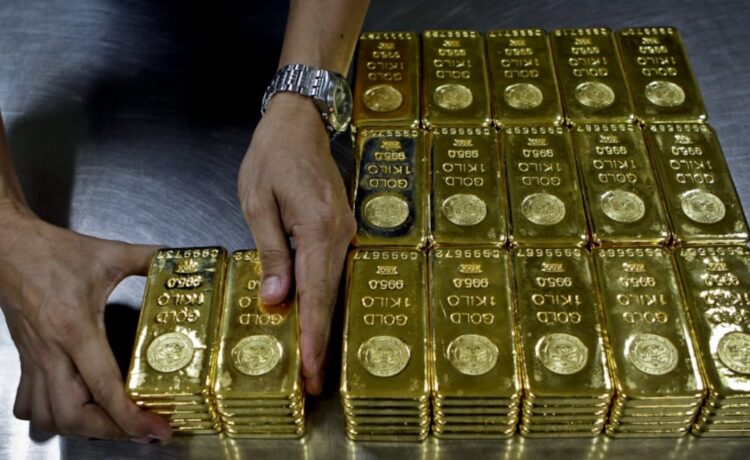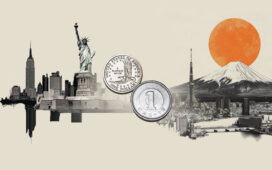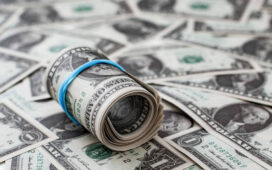Gold has been on a tear recently, shooting up to unprecedented highs due in part to the U.S. dollar losing its store of value function around the world, according to one expert.
The price of gold hovered around US$3,733 per ounce by mid-Monday morning. The U.S. dollar meanwhile snapped a three-day winning streak as investors waited to hear from U.S. Federal Reserve officials to gauge monetary policy outlook.
“This is what it looks like when the U.S. dollar is at least partially losing its store of value function,” Daniel Ghali, director of commodity strategy at TD Securities, told BNNBloomberg.ca in a Monday interview. “What kind of a market context is there when the stock market is at an all-time high, the bond market has at very least ended a bear market and perhaps resumed a new bull market, credit markets are at their heights, commodity prices are rallying. What kind of market context causes that? In our view, the answer to that question is a big reserve currency devaluation, and we think that’s exactly what we’re seeing symptoms of today in gold markets.”
The U.S. dollar was down 0.23 per cent at 97.43 against a basket of currencies on Monday. The euro was up 0.30 per cent at US$1.1783. The Fed meanwhile plans to release Personal Consumption Expenditures (PCE) inflation data on Friday detailing the price of a wide range of consumer goods and services excluding food and energy prices.
In the stock markets, energy and base metal companies performed well, helping Canada’s main stock index climb higher in late-morning trading, while U.S. stock markets also rose.
“The last several decades have been characterized by the rest of the world recycling their U.S .dollars back into U.S. assets,” said Ghali. “That’s really the key to what’s changing here.”
The dollar has depreciated significantly in recent months, according to a report from J.P. Morgan. Its decline gained further momentum post-Liberation Day, with the U.S. experiencing growth downgrades and inflation upgrades on the back of the tariff announcements.
The U.S. dollar index was down 10 per cent year to date as of July 11, marking its weakest first-half performance since at least 1980.
Central banks around the world meanwhile increased their purchase of gold reserves according to the World Gold Council. Gold is viewed as a safe haven amid mounting uncertainty for investors.
“The latest rally in gold is that this seems to be the first in the long time that seems overwhelmingly tied to Western interests, and that’s key difference,” said Ghali. “We think when the East buys gold, that gold essentially is a semi-permanently drained when the West buys gold, and this would include investors, retail participants and so on.”
With gold prices surging and stocks booming, Ghali said people may need to rethink whether they should hold on to American dollars as much as they do now.
“I think that in the current administration, the rest of the world is starting to rethink whether their U.S. dollar exposure should remain as high as it is today,” said Ghali.




